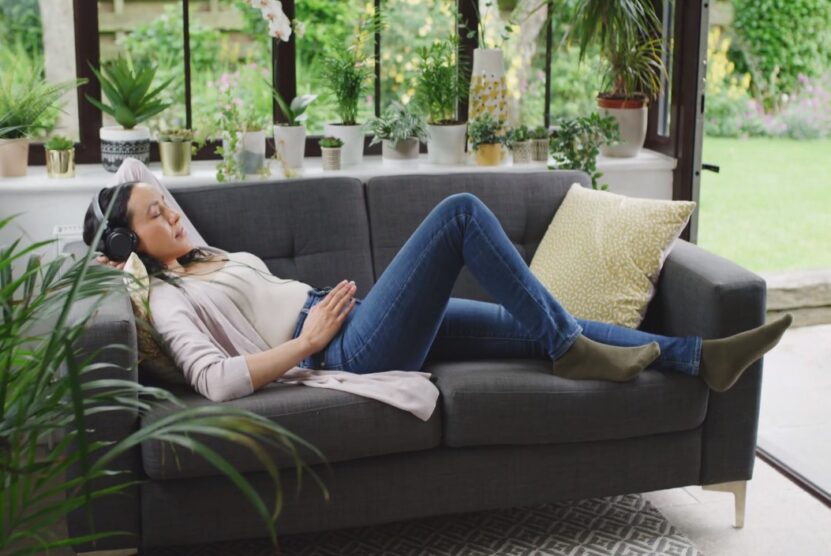Ever felt the world spinning a tad too fast? That’s what I thought. In the hustle and bustle of our modern lives, there’s a growing sentiment that maybe, just maybe, we need to hit the brakes a tad.
Enter slow living—a lifestyle that champions a more deliberate, thoughtful pace to our daily lives. It’s not about being lazy; it’s about being present.
Fun Fact: The concept has its roots in the Italian slow food movement, which emerged as a counter to the rise of fast food in the 1980s and 1990s. Imagine trading that quick burger for a homemade pasta dish made with love. That’s the essence!
Core Principles
- Embracing a Mindful Approach to Life: It’s all about being in the moment. Not tomorrow, not yesterday, but right now. It’s about savoring that cup of coffee, enjoying the breeze, and truly listening when someone talks.
- Prioritizing Quality Over Quantity: More isn’t always better. Sometimes, it’s about having fewer, but better things. Or experiencing fewer moments, but more profound ones.
- Cultivating Meaningful Connections: In an age of digital friendships, slow living emphasizes the beauty of face-to-face interactions and deep, genuine relationships.
Pro Tip: The acronym SLOW encapsulates the essence of this lifestyle. ‘S’ stands for sustainable, ‘L’ for local, ‘O’ for organic, and ‘W’ for whole. It’s a neat way to remember, right?
The Origins

As I mentioned earlier, slow living has its roots in the Italian slow-food movement. But it’s more than just food.
The movement has grown to encompass various aspects of life, from finance (slow money) to urban planning (slow cities). The overarching theme? A pushback against the relentless pace of capitalism and consumerism, all while aligning with the green movement’s goals.
Fun Fact: It isn’t about shunning technology. In fact, many proponents still use mobile phones, the Internet, and other modern conveniences. It’s more about how you use them and ensuring they don’t detract from living in the present.
Benefits

- Reduced Stress and Anxiety: By focusing on the present and not overloading ourselves, we can naturally reduce our stress levels. It’s like taking a deep breath every moment of the day.
- Enhanced Appreciation for Everyday Experiences: Remember the joy of watching a sunset or the taste of a freshly baked pie? Slow living brings back that wonder.
- Improved Overall Well-Being and Mental Health: It’s simple. When we’re not rushing and stressing, we’re happier and healthier.
Pro Tip: Transitioning to slow living doesn’t mean you have to move to the countryside and abandon all technology. It’s about making conscious choices that align with a more deliberate, thoughtful pace, no matter where you are.
In Practice

Living slow isn’t about moving to the countryside or abandoning all modern conveniences. It’s about making conscious choices in our daily routines, regardless of where we are or what our circumstances might be. Here’s how you can integrate slow living into your everyday life:
- Simplifying Daily Routines and Tasks: Start by decluttering. Minimizing your belongings can drastically reduce distractions and help you focus on the present. Imagine a workspace free from unnecessary clutter, allowing you to concentrate fully on your tasks. The fewer items you have, the less time you spend managing them, giving you more moments to enjoy life.
- Mindful Consumption and Conscious Purchasing Decisions: Before making a purchase, ask yourself if it aligns with your values. Opt for quality over quantity. For instance, instead of buying multiple fast fashion items, invest in one durable piece that will last longer.
- Disconnecting from Digital Distractions: While it’s unrealistic to cut out technology, setting boundaries completely can be beneficial. Dedicate specific times for checking emails or social media, and allow yourself tech-free periods to truly engage with the world around you.
Fun Fact: Did you know that 62% of American workers eat their lunch at their desks? Taking a real break, even just for lunch, can boost your mood and productivity.
Nurturing Sustainability
- Integrating Sustainability into the Slow Living Philosophy: The two go hand in hand. By making eco-friendly choices, you’re not only benefiting the environment but also embracing a lifestyle that values quality and longevity over fast consumption.
- Reducing Carbon Footprint Through Mindful Choices: Opt for local products, reduce waste, and consider the environmental impact of your actions. For instance, walking or cycling instead of driving can be both a sustainable choice and a way to slow down and appreciate your surroundings.
- Supporting Local and Eco-friendly Products and Practices: Shopping local not only supports community businesses but also reduces the carbon footprint associated with transporting goods long distances.
Challenges

- Navigating Societal Pressures and Expectations: In a world that often values speed and efficiency, choosing to slow down can be met with misunderstanding or even criticism. It’s essential to stay true to your values and find a supportive community that shares your beliefs.
- Balancing Slow Living with Work and Responsibilities: While it’s great to embrace a slower pace, we also have responsibilities. The key is to find a balance, ensuring that while we meet our obligations, we also make time for ourselves.
FAQ
Is slow living about being unproductive or lazy?
No, it is not about being unproductive or lazy. It’s about being intentional with your time, focusing on quality over quantity, and truly savoring each moment.
Can I practice slow living in a busy city?
Absolutely! It is about mindset and choices. Even in the heart of a bustling city, you can make decisions that align with the practise principles, such as mindful consumption or setting tech boundaries.
How does slow living differ from minimalism?
While both advocate for simplicity, slow living focuses on the pace and quality of life, whereas minimalism emphasizes reducing possessions and decluttering.
Will slow living make me feel isolated from the modern world?
Not necessarily. It encourages meaningful connections and being present. It’s about choosing when and how to engage with the world, rather than completely isolating oneself.
Conclusion
Slow living is more than just a trend; it’s a movement towards a more intentional and fulfilling life. It’s about finding balance, appreciating the little moments, and making conscious choices that align with our values.
While it might seem counterintuitive in today’s fast-paced world, the benefits of slow living are profound. From improved mental and physical health to deeper connections with loved ones, the rewards are well worth the effort. So, why not give it a try? After all, life is not a race, but a journey to be savored.